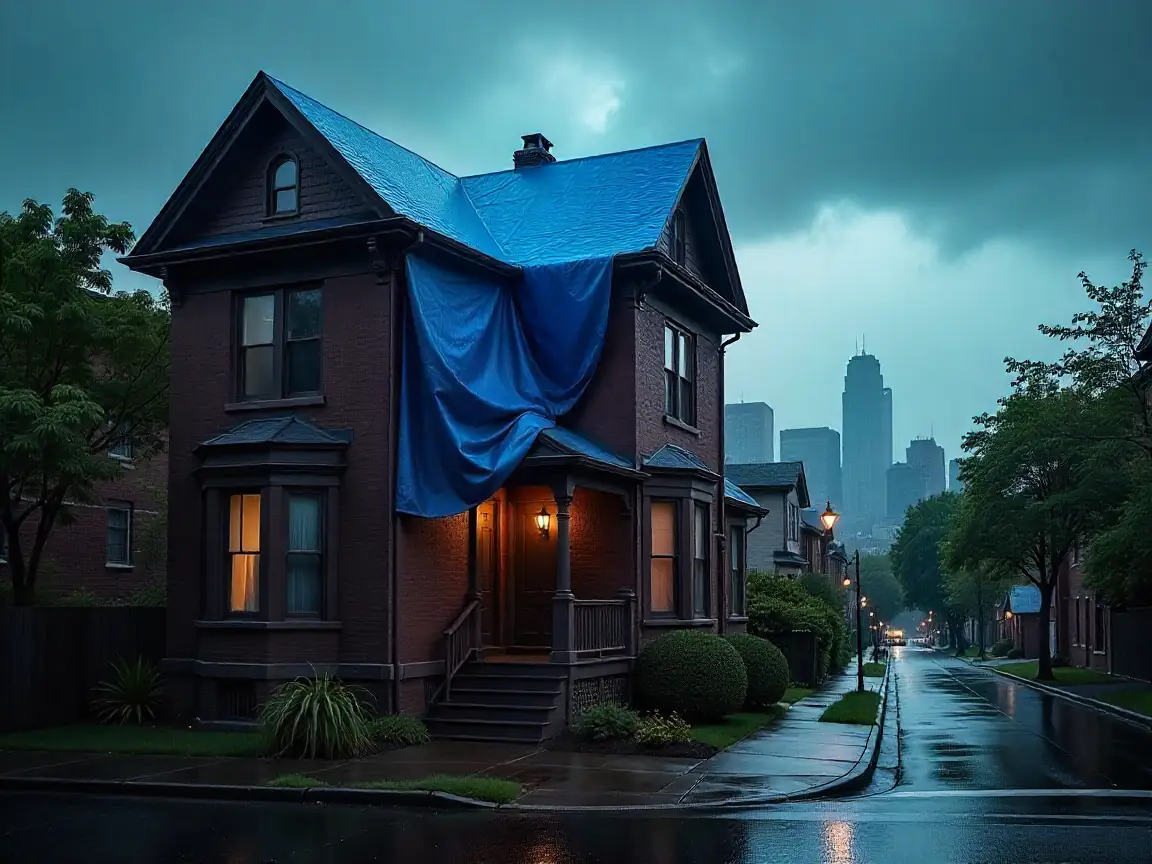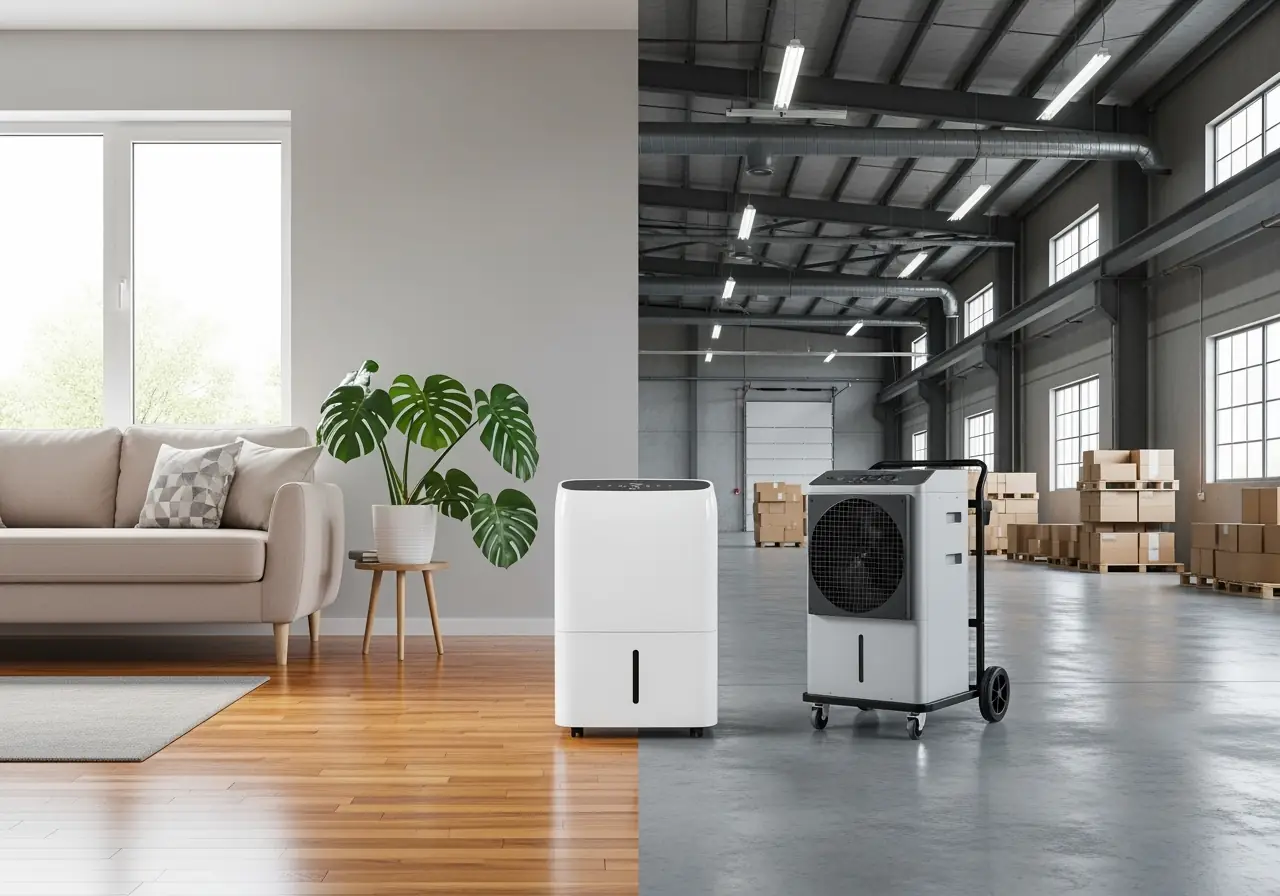The Essential Guide to Emergency Drills: Proven Safety Steps Every Home Needs
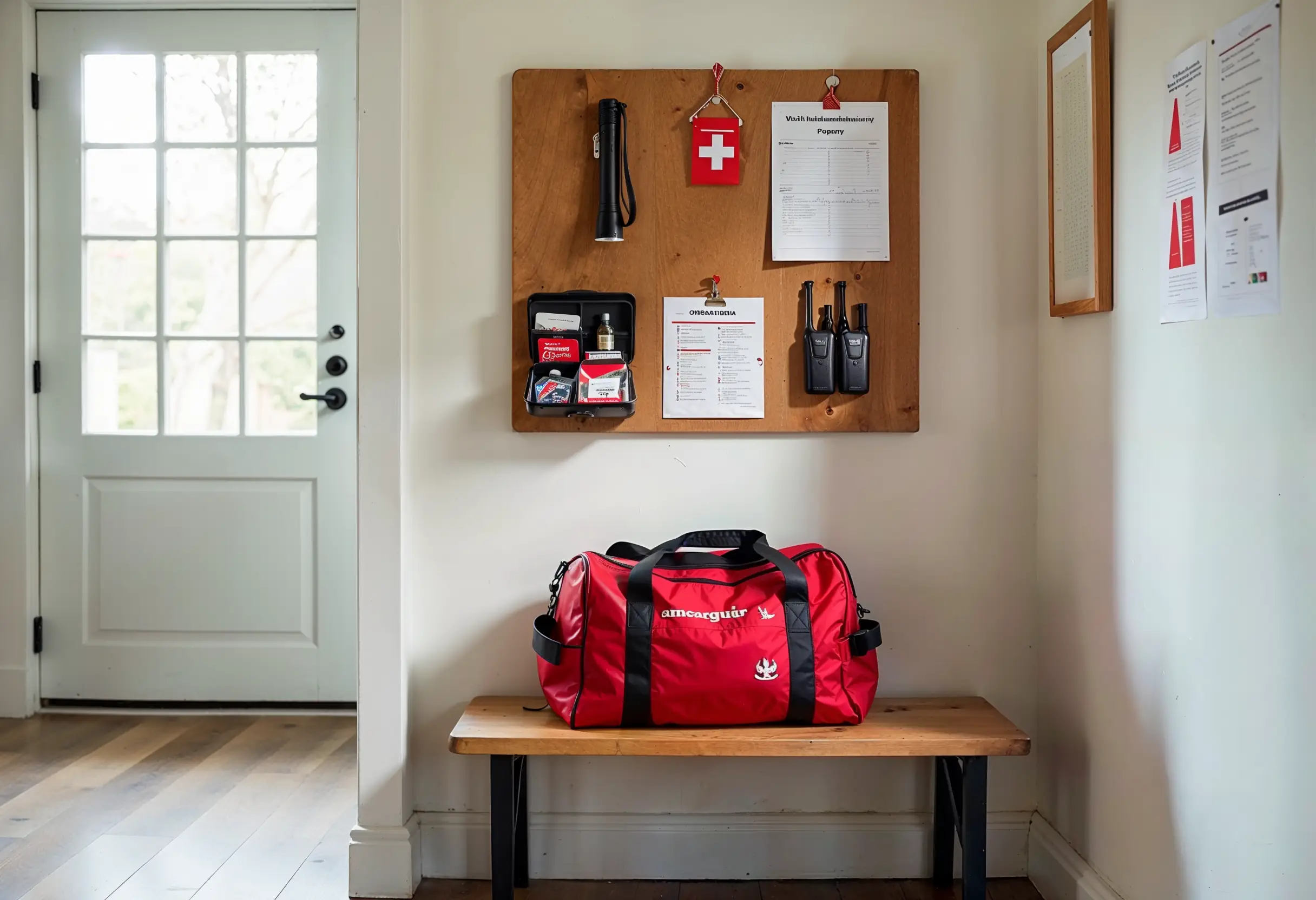
This comprehensive emergency preparedness guide reveals why regular home emergency drills are critical - and how they can save lives. During a widespread disaster, you must be self-sufficient for at least 72 hours, as recommended by FEMA, the American Red Cross, and CDC. That means having a solid family safety plan, a fully stocked emergency duffle bag, and the readiness to act fast. Yet, most families are dangerously unprepared. Practicing fire drills and home evacuation drills quarterly - as advised by the International Fire Code - turns disaster readiness into a learned response.
This guide will show you how to identify potential hazards, build your disaster supplies kit, design a family emergency plan, and conduct emergency response training at home. With these emergency preparedness strategies in place, you’ll gain the confidence and skills to protect your family when every second counts.
Identify Home Hazards and Emergency Types
Understanding the specific hazards your home faces remains the foundation of effective emergency preparation. Before creating drills or safety plans, you must first identify what emergencies you're most likely to encounter, including both natural disasters and technological hazards.

Common emergencies at home: fire, flood, storm
Every home faces multiple safety threats that can strike with little warning. Fire emergencies lead to approximately 5,000 deaths annually in the U.S. Additionally, falls account for 40% of injuries requiring hospitalization, while carbon monoxide poisoning from improperly maintained furnaces presents an invisible yet deadly threat. This highlights the importance of installing and maintaining smoke detectors and carbon monoxide detectors in your home.
Floods can develop gradually or appear suddenly as flash floods, carrying dangerous pollutants and creating immediate dangers. Meanwhile, severe storms bring unique risks - lightning stands as a leading cause of weather-related injuries and deaths across the country.
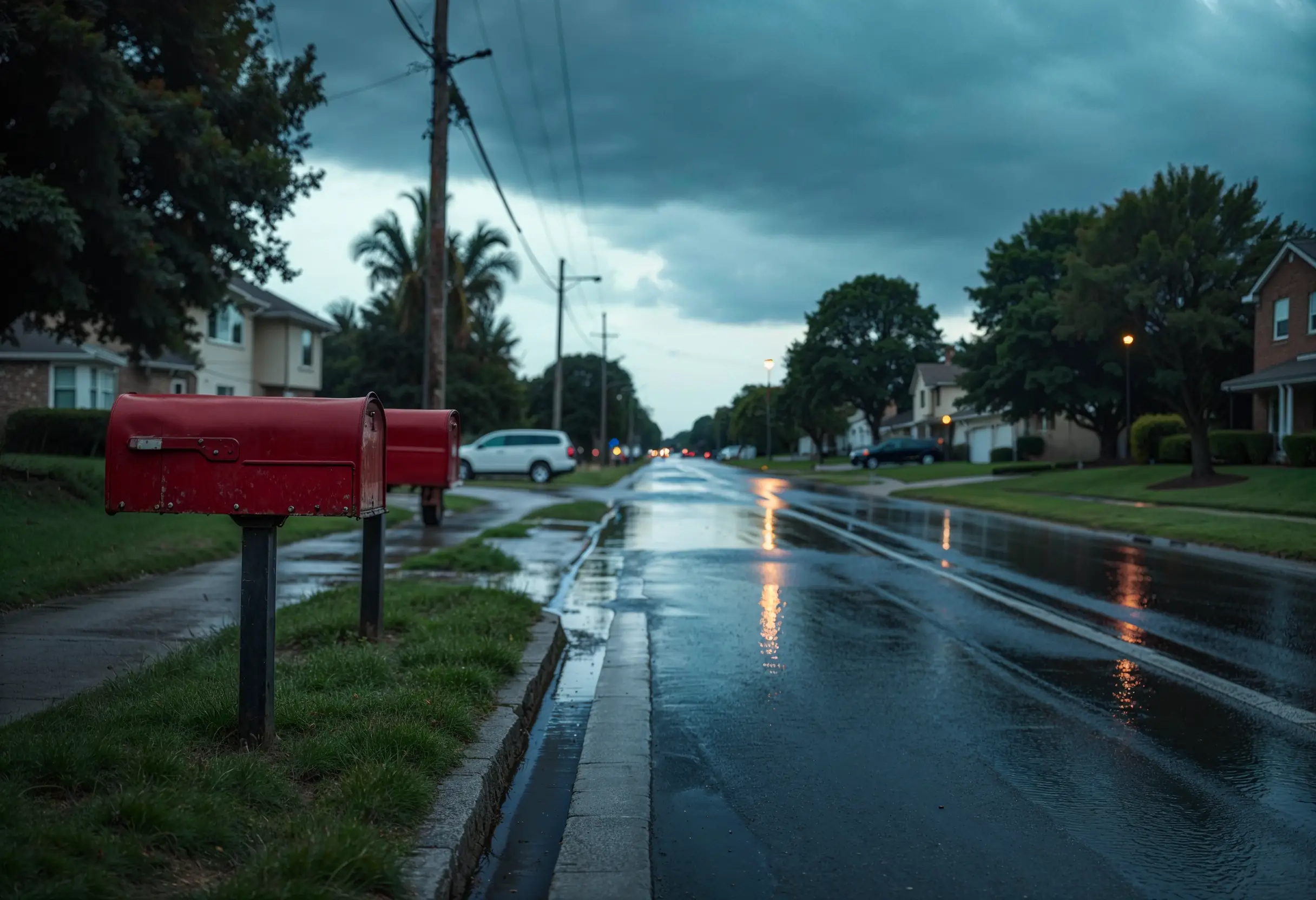
Why every home needs a custom emergency action plan
The purpose of creating an emergency action plan isn't to cause anxiety but rather to help household members communicate effectively during crises. Your family emergency plan must account for your specific circumstances - considering family members who may live elsewhere during part of the year or have special needs requiring additional assistance.
An effective plan addresses both shelter-in-place scenarios (like winter storms) and emergency evacuation requirements (such as hurricanes). Furthermore, the plan ensures everyone knows their responsibilities and available resources before an emergency occurs.
How to assess risks based on your location
Begin by determining which natural hazards and technological hazards are most likely in your community. Consider both region-specific threats like tsunamis or tornadoes and universal threats such as home fires.
Look for vulnerabilities in your home construction, process systems, and protection systems. For instance, a building without a properly maintained fire sprinkler system faces substantially higher risk during fires. Ensure you have appropriate warning systems in place, such as emergency alerts on your mobile devices.
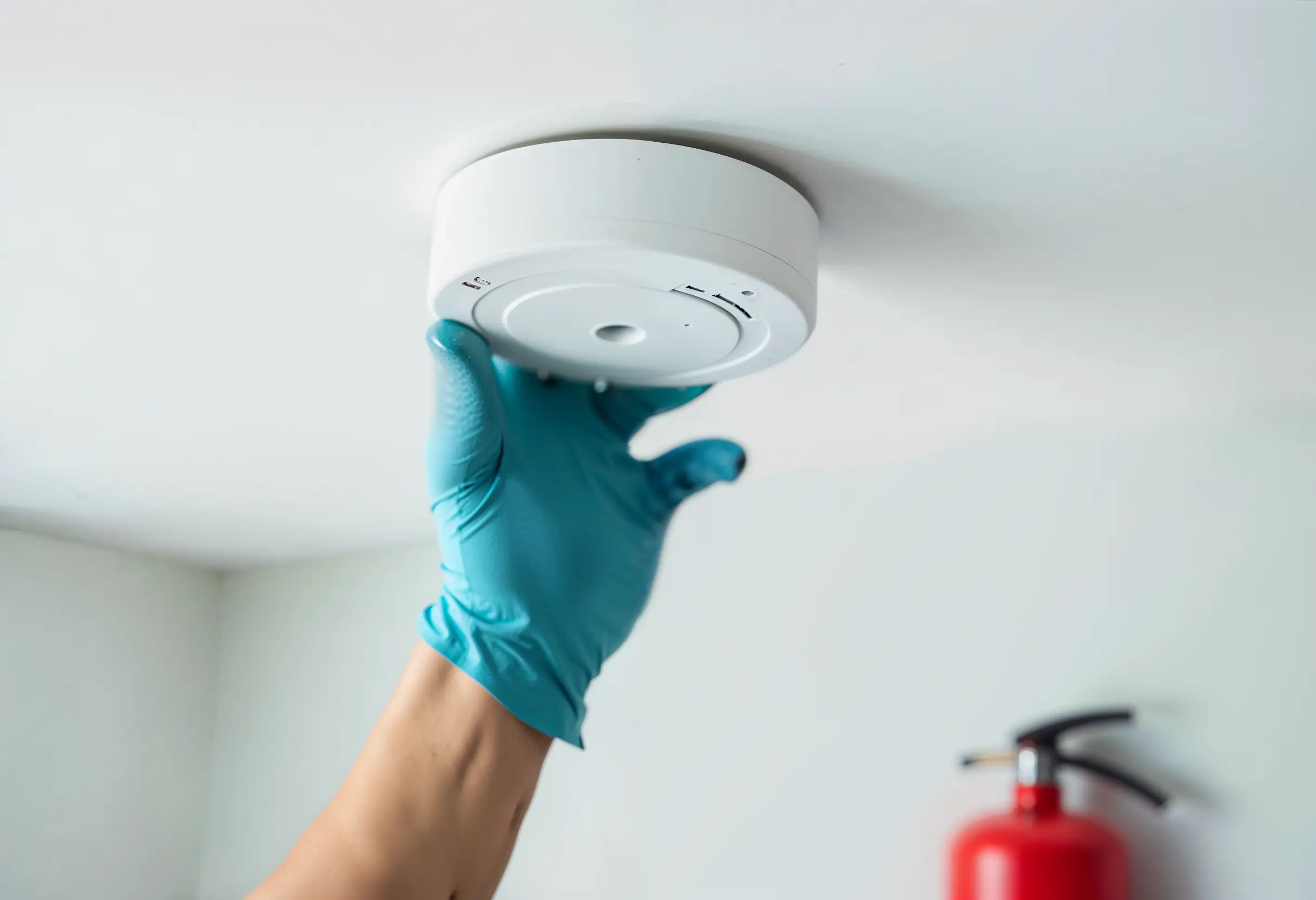
Understanding your specific home risks requires professional insight. Consider reaching out to Recovery Pros for a free consultation, ensuring your property receives swift, reliable restoration and remediation services. Our experts can identify vulnerabilities you might overlook and help create a truly comprehensive emergency preparedness plan.
Build and Maintain Your Emergency Kit
A properly stocked disaster supplies kit serves as your family's first line of defense when disaster strikes. Assembling these crucial supplies now ensures you won't be scrambling when every minute counts.
Essential items for a 72-hour emergency kit
At minimum, your emergency kit should include:
- Water: one gallon per person daily (3-day supply for evacuation, 2-week supply for home)
- Emergency food (3-day supply for evacuation, 2-week supply for home)
- Flashlight and extra batteries
- Battery-powered or hand-crank radio
- First aid kit and medical supplies
- Copies of vital records (ID, insurance information, medical information)
- Cell phone with chargers
- Multi-purpose tool and manual can opener
- Cash and emergency contact information
Special considerations for kids, pets, and elderly
Customize your kit based on your household's unique needs. For children, include formula, diapers, and comfort items. Pet owners should pack food, water, medications, leash, carrier, and vaccination records for animal evacuation. Elderly family members might need extra prescription medications, glasses, hearing aids with batteries, and mobility aids.
Where to store your emergency supplies
Keep your supplies in an easy-to-carry container like a duffel bag or plastic bin. Store in an accessible location that's cool, dry, and away from direct sunlight. Consider keeping kits in multiple locations - home, work, and car. For evacuation efficiency, some experts recommend storing supplies in a garage or shed along your evacuation route.
Check and update your kit every six months. Replace expired food, water, medicines, and batteries. Conduct a more thorough yearly assessment to address changing family needs.
Not sure if your emergency kit meets your family's specific needs? Contact Recovery Pros today for a free emergency supply planning consultation. Our experts will help you create a customized kit that addresses your unique household requirements and provides maximum protection when disaster strikes.
Create and Practice Your Family Safety Plan
Creating a family emergency plan represents the next crucial step after identifying hazards and assembling supplies. Without proper practice, even the best plans may fail during actual emergencies.
Designing a home evacuation plan
Draw a floor plan showing all rooms, doors, windows, and stairways. Mark two emergency exits from every room, especially bedrooms. Indicate the locations of smoke alarms, fire extinguishers, and emergency kits. Keep this building evacuation plan accessible to everyone in your household.
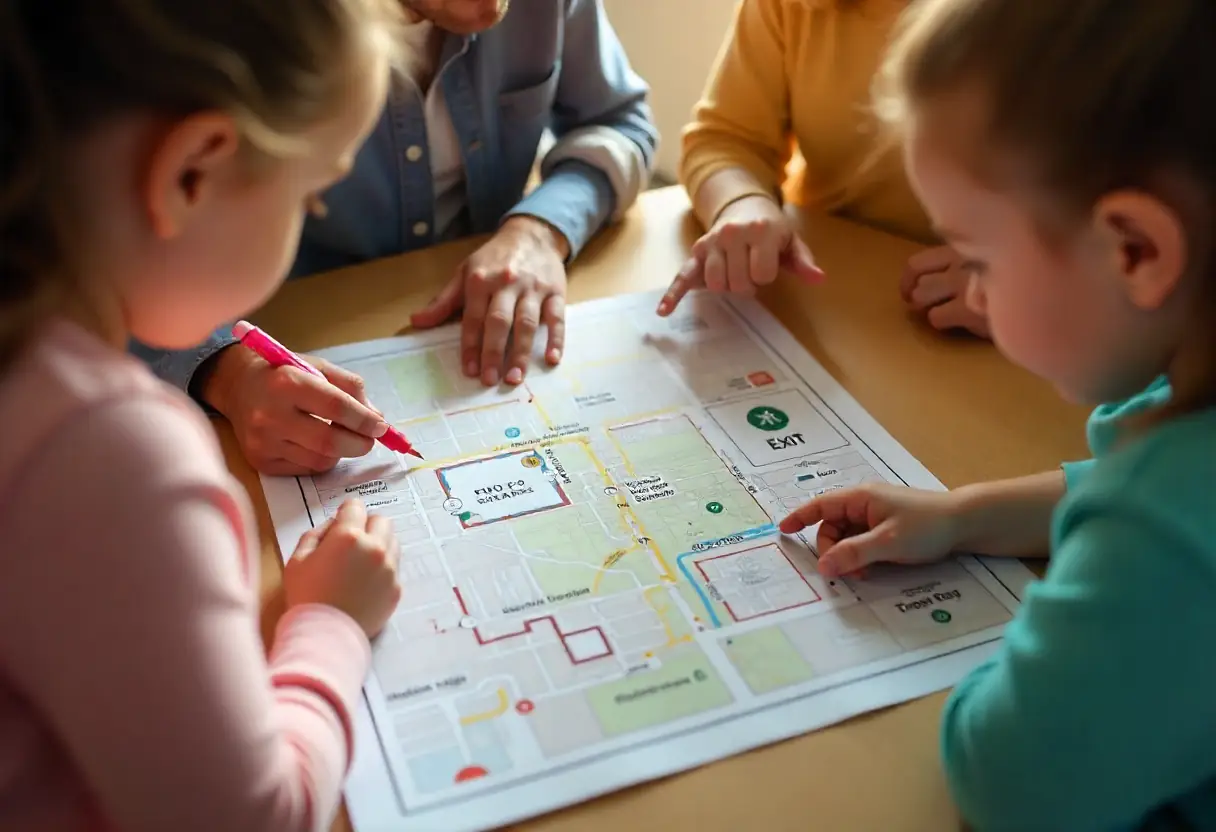
How to conduct a fire drill at home
Practice drills at least twice yearly. Sound the smoke alarm to start the drill. Time your family's evacuation - aim to exit in under two minutes. Assign roles to adults for helping children, elderly, or those with disabilities. Practice different scenarios by blocking certain exits with "fire" signs.
Setting up a family communication plan
Create a contact sheet with everyone's information plus an out-of-town contact. Establish predetermined meeting places: one near your home and another outside your neighborhood. Practice texting instead of calling since texts often work when calls fail. Include contact information for local emergency management offices and emergency services.
Home evacuation practice tips
Teach children to check closed doors for heat before opening. Practice crawling low under smoke, staying 12-24 inches above the floor. Close doors behind you to slow fire spread. Conduct evacuation drills at varying times and conditions to simulate different emergency scenarios.
Protect what matters most - contact Recovery Pros today for a complimentary home safety assessment to identify overlooked vulnerabilities in your evacuation plan and overall emergency preparedness.
Review, Update, and Improve Your Plan
Emergency planning works as a continuous cycle - create, practice, evaluate, and refine. Once you've established your safety protocols, the critical work of maintaining and improving them begins.
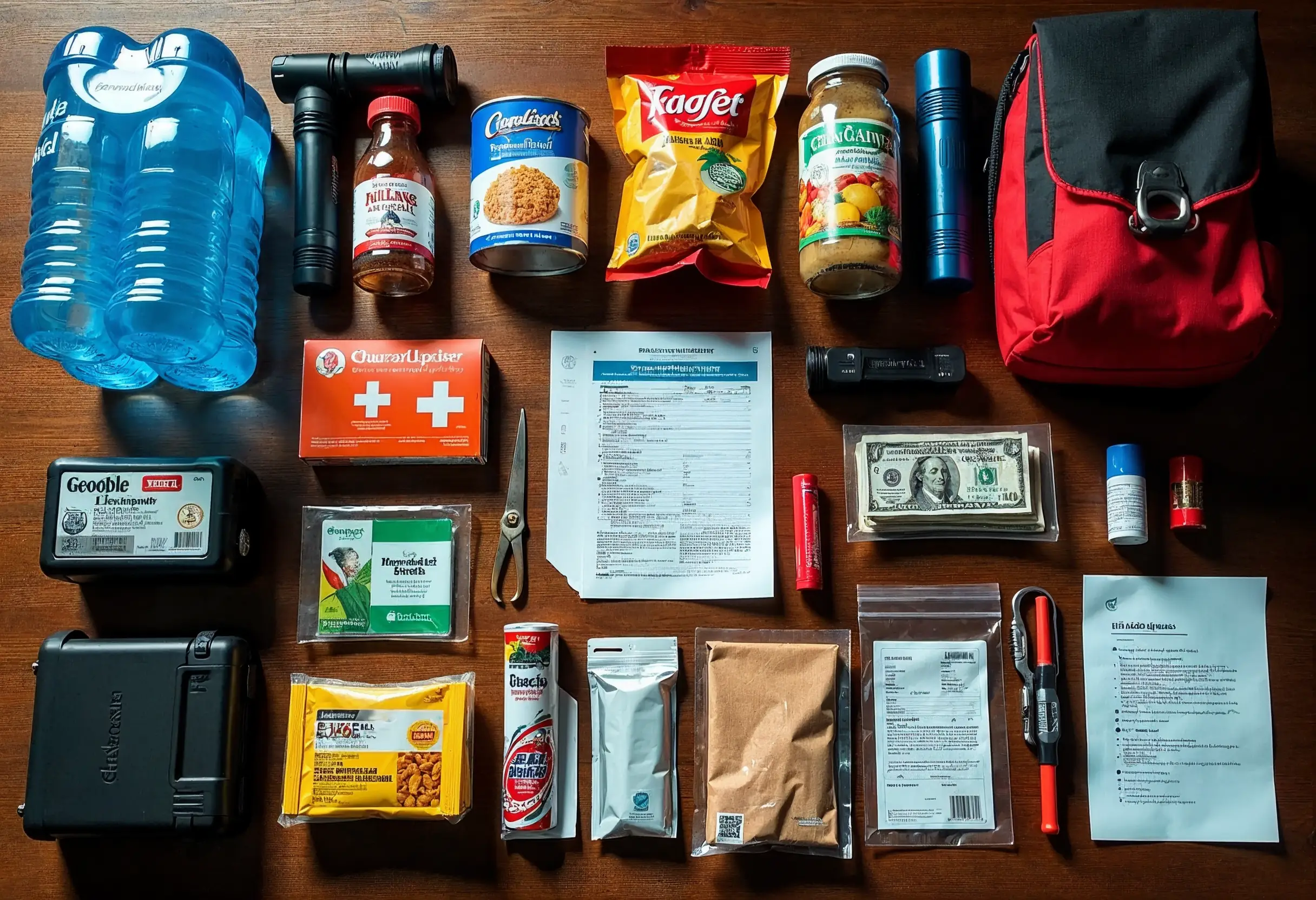
Why regular emergency drills are important
Emergency drills transform theoretical knowledge into muscle memory. Studies show that during actual emergencies, you might have less than two minutes to escape a home fire once the smoke alarm sounds. Practice builds confidence and reduces panic when seconds count. Conducting drills at least twice yearly ensures everyone remains familiar with evacuation procedures and other emergency protocols.
How to evaluate your drill performance
After each drill:
- Measure evacuation time - aim for under two minutes
- Collect detailed feedback from participants
- Assess route efficiency and identify bottlenecks
- Complete observation reports noting concerns or mechanical issues
Updating your plan after life changes
Review your emergency preparedness plans annually, especially after significant life events like moving, having a child, or changing household composition. These changes often require adjustments to evacuation routes, meeting points, or special assistance needs. Ensure your support network is updated and aware of any changes to your family emergency plan.
Conclusion
Emergency preparedness is a vital part of responsible homeownership - not just a precaution, but a necessity. As this guide shows, protecting your family during disaster starts with identifying potential hazards, building a personalized disaster supplies kit, and creating a family safety plan with clear evacuation routes. Yet even the best emergency action plan is incomplete without regular home emergency drills, including fire drills and evacuation practice. Conducting these drills twice a year - and reviewing performance after each - turns preparedness into instinct. Since risks evolve, update your emergency plan and supplies kit annually. Practicing disaster readiness ensures you can stay self-sufficient for 72 hours without outside help, as recommended by FEMA, the CDC, and the American Red Cross.
Need expert help reviewing your emergency preparedness plan? Contact Recovery Pros for a professional assessment of your home’s vulnerabilities. Our team offers trusted disaster planning support and 24/7 emergency response services to keep your family safe and your home protected.
Key Takeaways
Emergency preparedness isn't optional - it's essential for protecting your family when disaster strikes. Here are the critical steps every homeowner must take:
• Prepare for 72-hour self-sufficiency: Stock water (1 gallon per person daily), emergency food, flashlights, batteries, medical supplies, and important documents in an easily accessible disaster supplies kit.
• Create customized evacuation plans: Design floor plans with two escape routes from every room, establish family meeting places, and practice fire drills at least twice yearly to build muscle memory.
• Identify location-specific risks: Assess your home's unique vulnerabilities based on regional natural hazards like floods, storms, or fires, and tailor your emergency plan accordingly.
• Practice makes perfect: Conduct regular emergency drills every 3-6 months, time your evacuations (aim for under 2 minutes), and evaluate performance to identify improvement areas.
• Maintain and update regularly: Review your emergency preparedness plans annually after life changes, replace expired supplies every six months, and seek professional assessments to identify overlooked vulnerabilities.
Remember: During a home fire, you may have less than two minutes to escape once the smoke alarm sounds. The time you invest in preparation today could save lives when every second counts during a real emergency.
FAQs
Q1. How often should I conduct emergency drills at home? It's recommended to conduct emergency drills at least twice a year. Regular practice helps build muscle memory and ensures everyone in your household knows what to do in case of an actual emergency.
Q2. What are the essential items to include in a 72-hour emergency kit? A 72-hour emergency kit should include water (one gallon per person per day), non-perishable food, flashlight with extra batteries, battery-powered or hand-crank radio, first aid supplies, medications, personal documents, cell phone with chargers, multi-purpose tool, and cash.
Q3. How can I create an effective home evacuation plan? To create an effective home evacuation plan, draw a floor plan showing all rooms, mark two escape routes from every room, indicate locations of smoke alarms and fire extinguishers, and establish meeting points outside your home. Practice this plan regularly with all household members.
Q4. What should I consider when preparing emergency plans for family members with special needs? When preparing emergency plans for family members with special needs, consider their specific requirements such as extra medications, mobility aids, or assistive devices. Assign roles to adults for helping children, elderly, or those with disabilities during an evacuation.
Q5. How can I evaluate the effectiveness of my emergency drills? To evaluate your emergency drills, measure evacuation time (aim for under two minutes), collect feedback from participants, assess route efficiency, identify any bottlenecks, and complete observation reports noting concerns or issues. Use this information to improve your plan and address any weaknesses.


